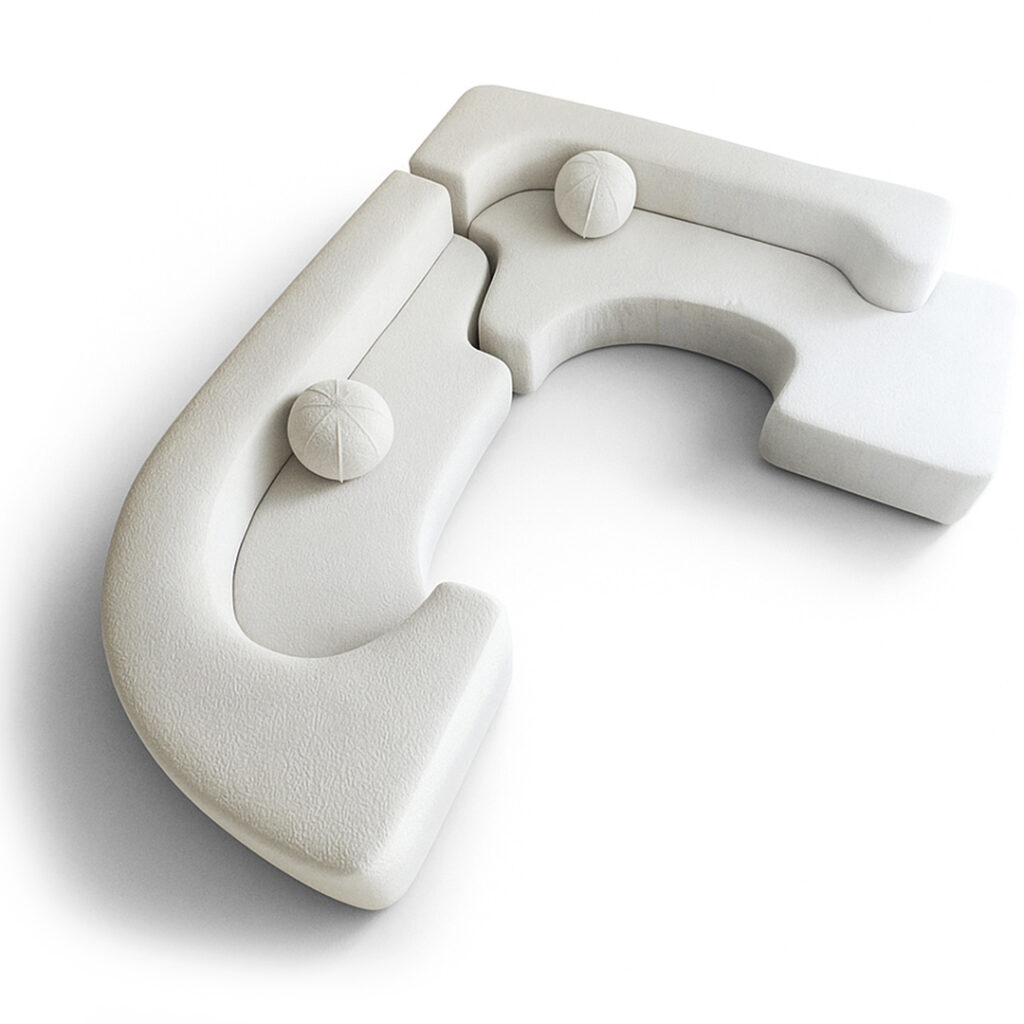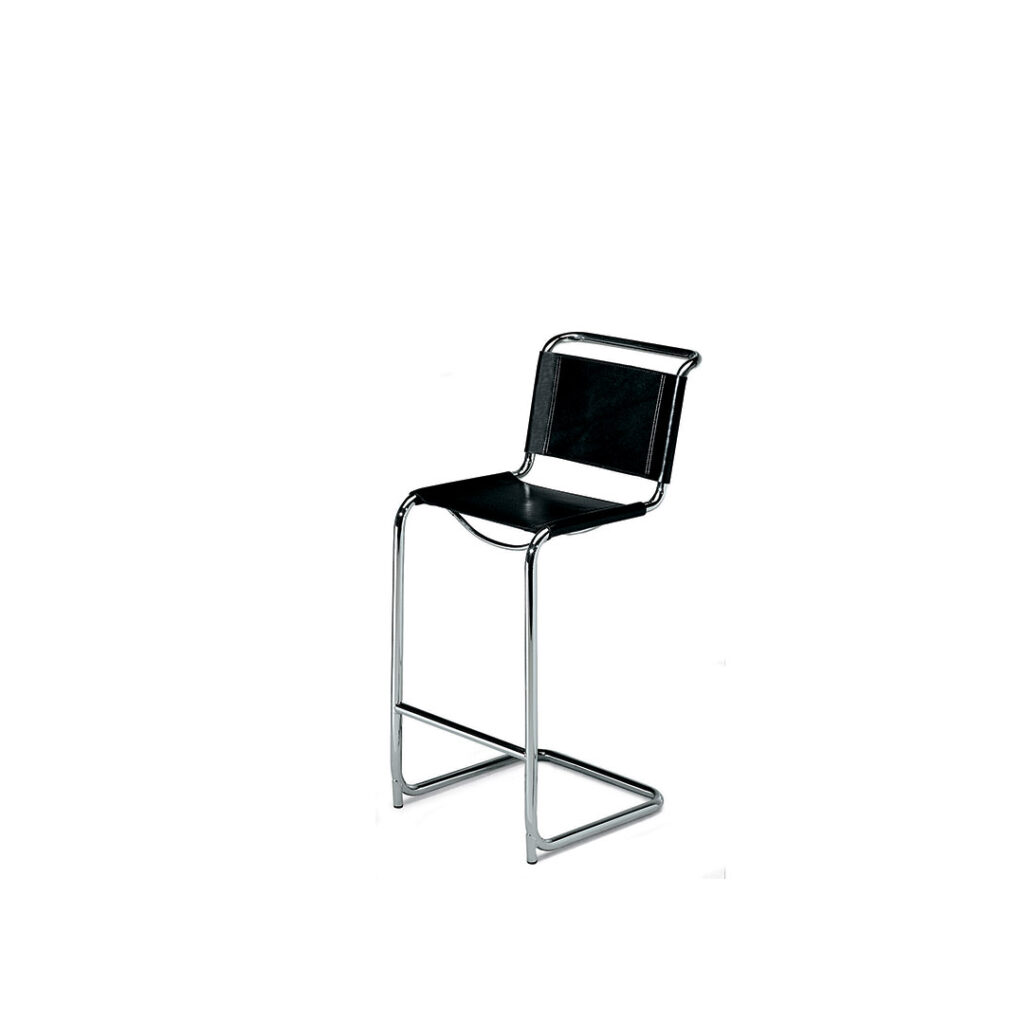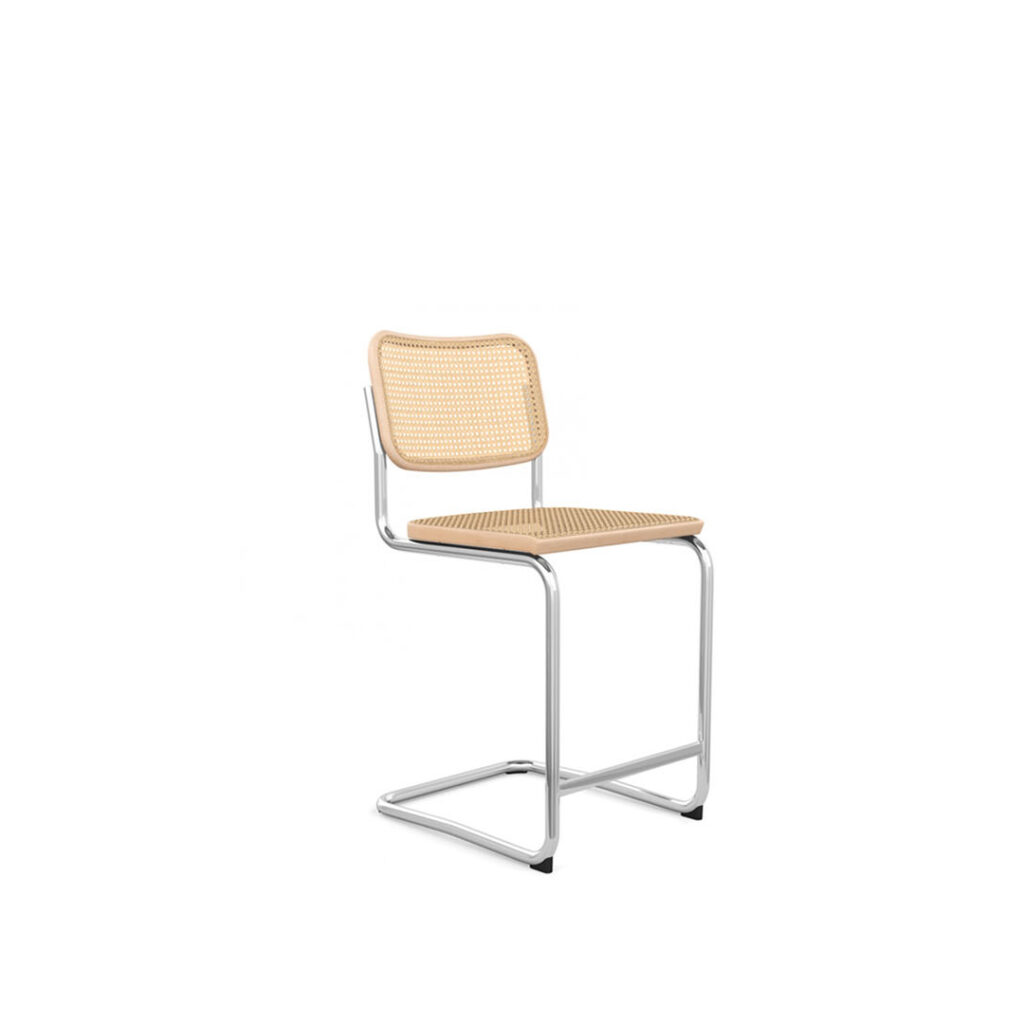
Gyula Pap was born in 1899 in Orosháza, he moved to Vienna, where he attended the graphic teaching and research institute and a zincographic laboratory next door. He studied for a year at the Budapest school of arts and crafts, attended the private art school in Vienna. In 1920 he switched to training for silversmiths in Weimar. There at the Bauhaus in 1922 Pap created a menorah, also made as a six-branched candlestick, and the liquor jug. In 1923 Pap passed the exam in front of the Weimar Chamber of Crafts, received the worker certificate from Walter Gropius and returned to Transylvania because his mother was ill. In 1923, Pap designed an alpaca and glass samovar for the 1923 Bauhaus exhibition in the Am Horn model house, but it was never used. He is granted a part in the "collective" (Heyden) development process of the Bauhaus lamp, which was done in glass by Carl Jakob Jucker and then in metal by Wilhelm Wagenfeld, while experimenting with glass tubes. Pap installed a lamp. from the ground into the model house carrying a naked, mirrored light bulb on a nickel-plated steel tube. Under the socket he attached a circular glass plate to diffuse the light.The floor lamp was rediscovered after the turn of the millennium and copied and marketed as the Pap floor lamp. Pap died in 1983 in Budapest.










